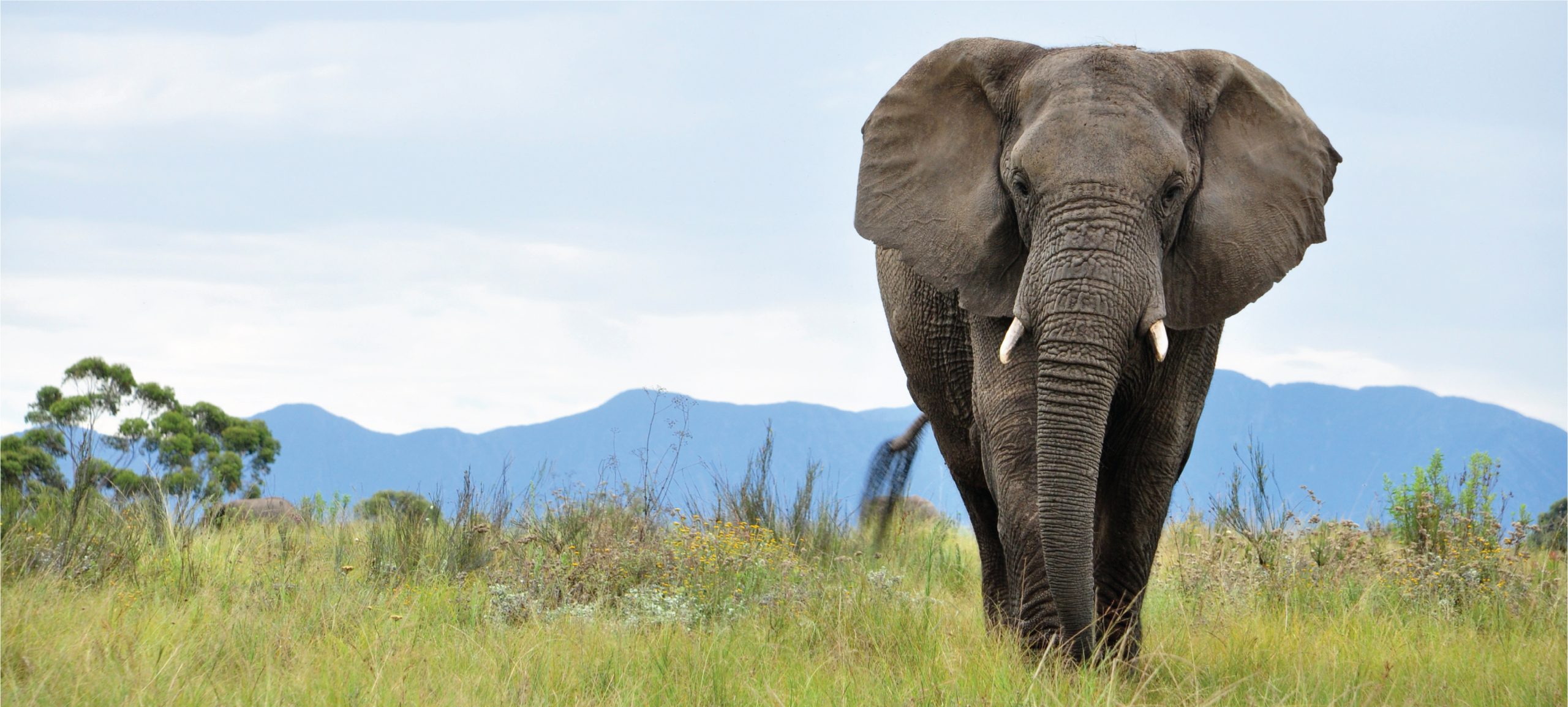-

Asian Long-tailed Porcupine
Discover the intriguing world of the Asian Long-tailed Porcupine, a medium-sized rodent thriving in the lush habitats of Southeast Asia. Known for their distinctive quills and excellent climbing abilities, these nocturnal creatures play a crucial role in their ecosystem through seed dispersal and soil aeration. Learn more about their habits, diet, and conservation status in…
-

Crested Porcupine
Discover the intriguing world of the Crested Porcupine, a nocturnal rodent native to Africa, known for its striking quills and herbivorous diet. Explore its habitat preferences, unique behavior, and essential role in the ecosystem, as well as ongoing conservation efforts to protect this fascinating creature from threats like habitat loss and hunting. Join us in…
-

Indian Crested Porcupine
Explore the intriguing world of the Indian Crested Porcupine (Hystrix indica), a robust rodent native to the Indian subcontinent. Known for their striking quills and nocturnal lifestyle, these solitary animals play a crucial role in their ecosystems through seed dispersal and soil aeration. Learn about their unique adaptations, dietary habits, and conservation status in this…
-

Sunda Porcupine
Discover the fascinating Sunda Porcupine (Hystrix javanica), a medium-sized rodent native to the lush tropical forests of Southeast Asia. This nocturnal herbivore, known for its distinctive quills and solitary behavior, plays a vital role in maintaining forest ecosystems through seed dispersal and plant growth. Learn about its habitat, diet, reproduction, and the conservation challenges it…
-

Philippine Porcupine
Discover the fascinating life of the Philippine Porcupine (Hystrix pumila), a nocturnal herbivore native to the lush forests of Luzon, Mindanao, and Palawan. Known for their distinctive coat of quills and vital role in seed dispersal, these resilient creatures face threats from habitat loss and hunting. Learn about their unique adaptations, behaviors, and the importance…
-

Sumatran Porcupine
Discover the intriguing world of the Sumatran Porcupine, a nocturnal rodent native to the lush forests of Sumatra, Indonesia. With their distinctive quills, skilled climbing abilities, and vital role in forest ecosystems, these Vulnerable creatures face significant threats from habitat loss. Learn about their unique behaviors, diet, reproduction, and the conservation efforts needed to protect…
-

Asian Brush-tailed Porcupine
Discover the fascinating world of the Asian Brush-tailed Porcupine (Acanthion pectinatus), a nocturnal herbivore native to the lush forests of Southeast Asia. With their distinctive quills and climbing abilities, these medium-sized rodents play a vital role in their ecosystems as seed dispersers. Despite their gentle nature, they are currently facing threats from habitat destruction and…
Search
Popular Posts
-
Hemidactylus tamhiniensis
Discover the Hemidactylus tamhiniensis, also known as the Tamhini gecko, a nocturnal reptile native to the rich ecosystems of the Tamhini Ghats in India. Measuring 7 to 10 cm, this insectivorous gecko features a slender body with rough, mottled skin for excellent camouflage, playing a vital role in controlling pest populations within its habitat.
-
Hemidactylus sushilduttai
Discover the unique Hemidactylus sushilduttai, a vulnerable gecko native to the lush rainforests of India’s Western Ghats, known for its robust body, large bulging eyes, and exceptional climbing abilities. This nocturnal insectivore plays a crucial role in controlling insect populations and maintaining ecological balance within its habitat.
-
Hemidactylus stejnegeri
Hemidactylus stejnegeri, or Stejneger’s House Gecko, is a nocturnal insectivore found in tropical and urban habitats across Southeast Asia, known for its striking large eyes, adhesive toe pads, and remarkable climbing ability. Typically measuring 10 to 15 cm, this adaptable species plays a key role in controlling insect populations while displaying unique social behaviors and…
Categories
Tags
animal adaptations (816) animal behavior (4836) animal reproduction (812) behavior (919) biodiversity (7295) conservation (1670) conservation efforts (1588) conservation status (5149) diet (2099) echolocation (822) ecological balance (1736) ecological role (1582) ecology (794) ecosystem (1468) ecosystem role (2747) ecosystem roles (720) endangered species (2450) environmental conservation (745) habitat (3258) habitat conservation (990) Habitat Destruction (1164) habitat loss (3132) insectivorous reptiles (783) IUCN Red List (1623) lizard reproduction (742) nocturnal animals (2722) nocturnal behavior (2394) nocturnal reptiles (819) physical characteristics (2009) reproduction (2869) reptile behavior (742) reptile conservation (1082) reptile reproduction (768) rodent species (1325) seed dispersal (2089) Seed Disperser (963) small mammals (1166) snake diet (804) snake reproduction (860) South America (794) tropical forests (942) Vulnerable Species (4616) wildlife (2508) wildlife conservation (4874) wildlife protection (907)







